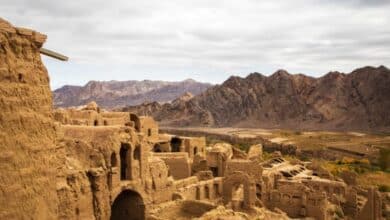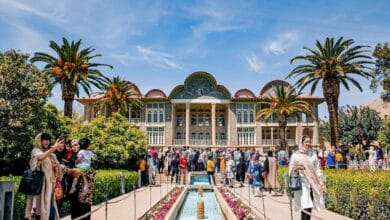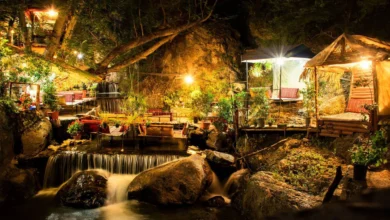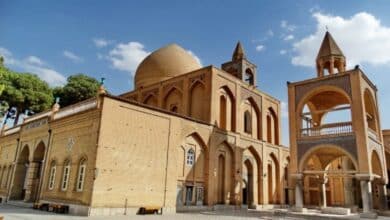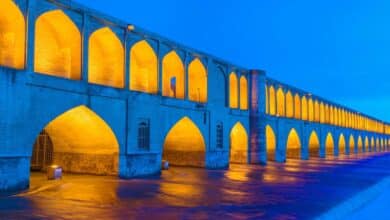Where Is Persia? Exploring the Heart of Ancient Iran
Exploring the Iranian Plateau’s Persian Heritage
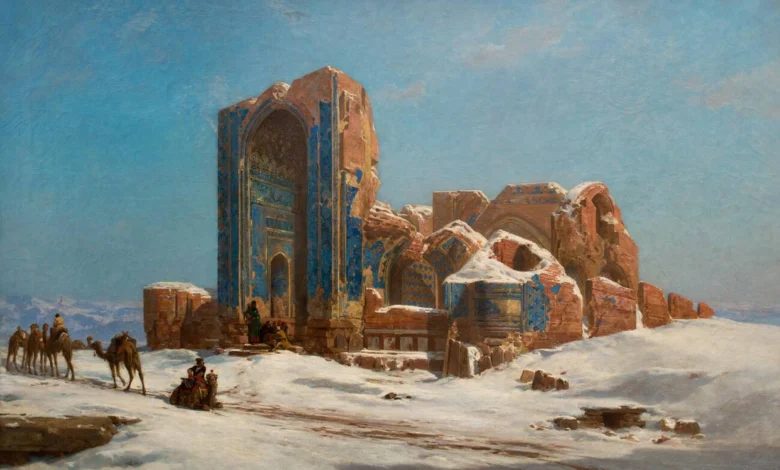
Persia, a name that conjures visions of majestic empires, intricate art, and timeless poetry, is more than a historical term—it’s a cultural and geographical cornerstone of human civilization.
For travelers planning a journey with OrientTrips, understanding where Persia lies, both historically and geographically, unlocks the magic of Iran’s past and present. But where is Persia exactly? This question is key to grasping the full scope of its significance.
Today, Persia is synonymous with modern Iran, but its story spans a vast plateau, weaving together rugged landscapes, ancient traditions, and a resilient identity. From the towering Zagros Mountains to the vibrant bazaars of Mashhad, this guide explores the lands of Persia, their historical significance, and why they remain a must-visit destination.
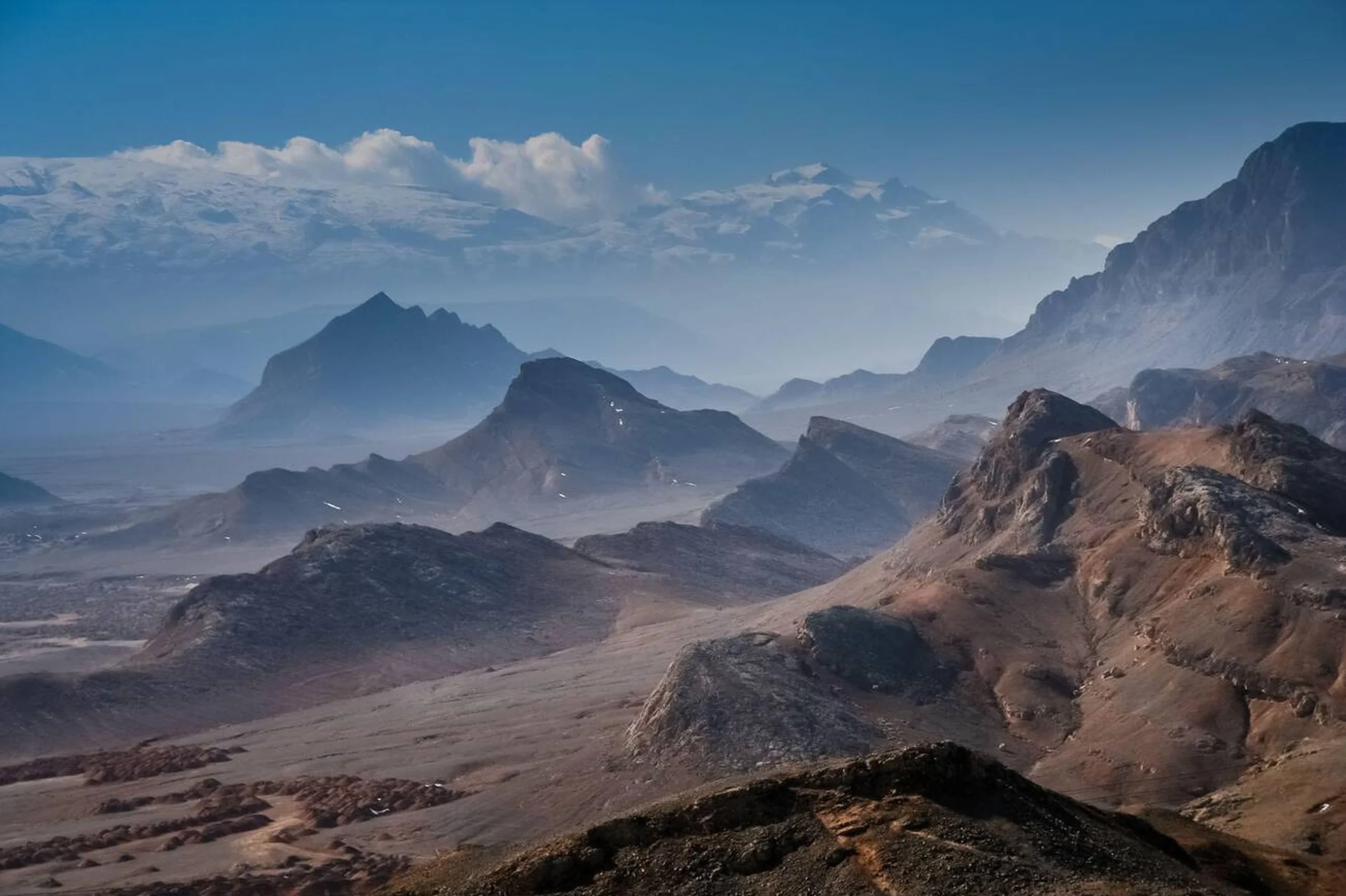
Contents
Defining Persia: A Land and Its Legacy
Persia refers to the historical and cultural region centered on the Iranian Plateau, a high-altitude expanse in southwestern Asia that forms the core of modern Iran. Historically, Persia’s influence stretched far beyond today’s borders, encompassing parts of Central Asia, the Caucasus, and Mesopotamia during the Achaemenid Empire (550–330 BCE).
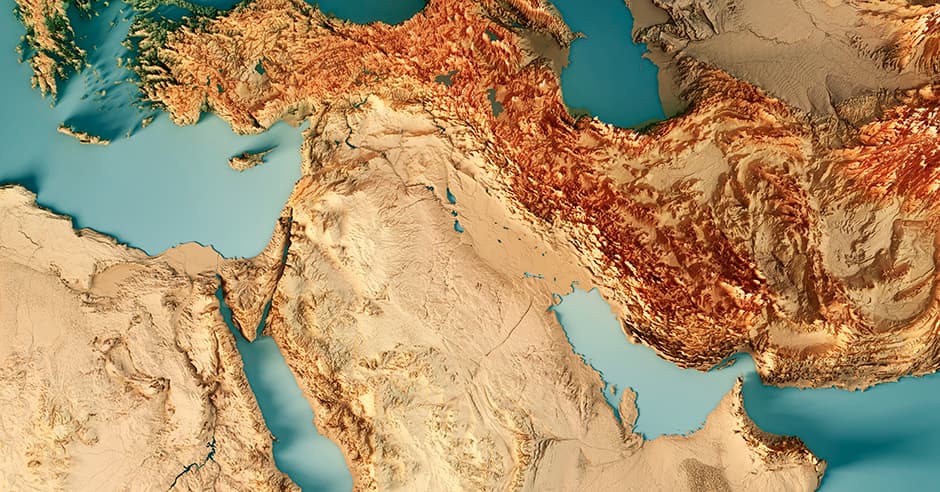
“Persia is not just a place—it’s a cultural heartbeat,” notes a prominent historian. Today, the term Persia is often used interchangeably with Iran, though it carries a romantic nod to the region’s pre-Islamic empires.

Persia’s Geographical Scope
The Iranian Plateau, spanning roughly 3.7 million square kilometers, defines Persia’s core. Bordered by the Zagros Mountains to the west, the Alborz Mountains to the north, and the deserts of Dasht-e Kavir and Dasht-e Lut to the east, this plateau is a mosaic of mountains, valleys, and arid basins.
Its elevation, averaging 1,000–2,000 meters, shapes a unique climate—harsh winters and scorching summers—that forged the resilience of Persian culture. Beyond Iran, Persia’s historical reach included parts of modern Afghanistan, Turkmenistan, and Uzbekistan, as seen in ancient Bactria and Sogdiana.
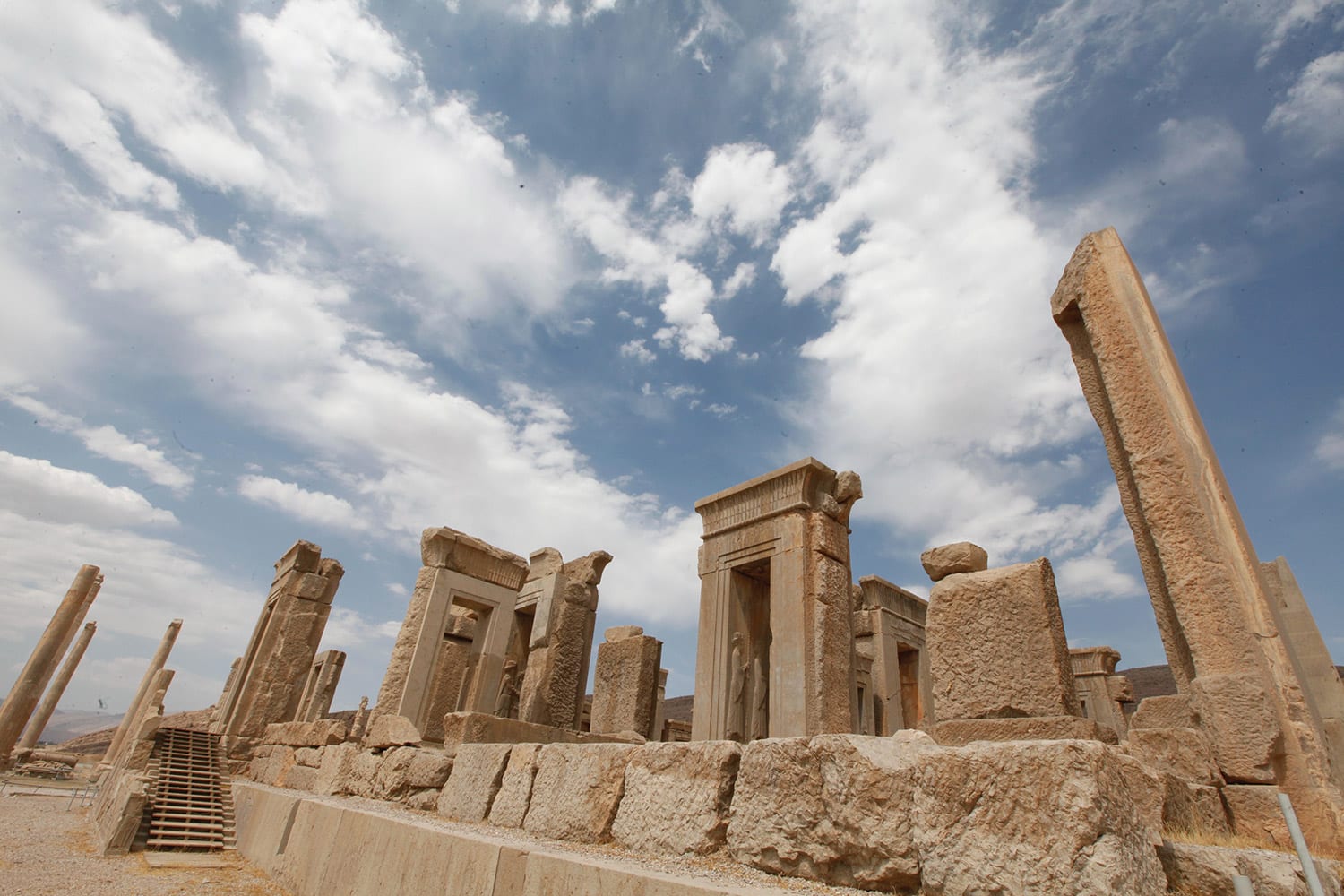
The Historical Lands of Persia
Persia’s identity crystallized on the Iranian Plateau during the Achaemenid period, when it became a global superpower. The plateau’s rugged terrain and innovative irrigation systems, like the qanat (underground channels), supported thriving cities such as Persepolis and Susa. The Achaemenids leveraged the plateau’s resources—fertile valleys and alfalfa-fed cavalry—to build an empire stretching from Egypt to India.
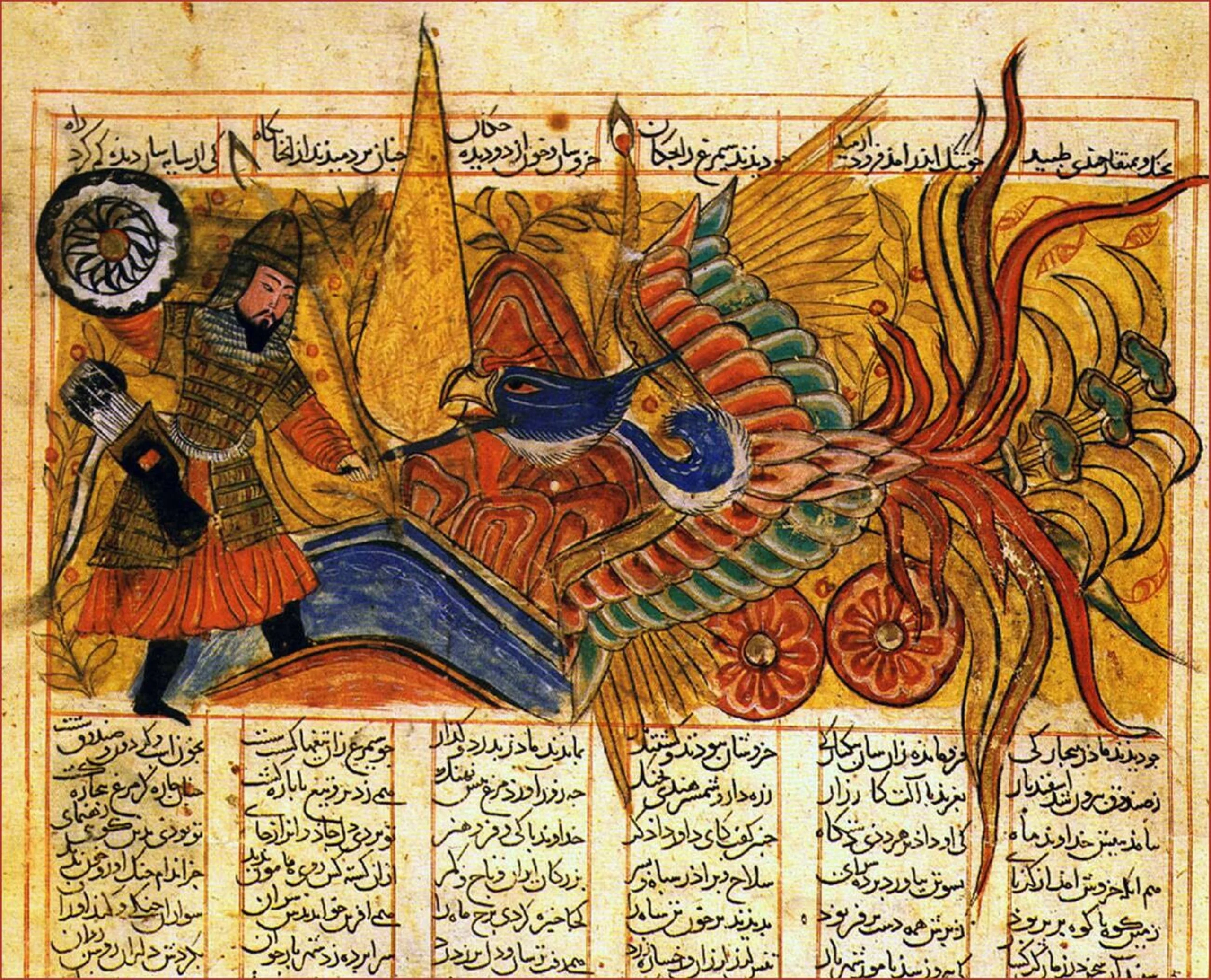
From Myth to Empire
Persia’s traditional history blends myth and fact, rooted in oral tales later written in the Sasanian Kwadāy-nāmag. This narrative, immortalized in Ferdowsi’s Shāh-nāma, traces Persia’s kings from the mythical Pishdadian dynasty to the historical Sasanians (224–651 CE).
Figures like Jamshid and Rostam embody the plateau’s spirit—innovative yet tethered to the land. The absence of Median and early Achaemenid records in this tradition, due to Zoroastrian dominance, underscores Persia’s selective memory.
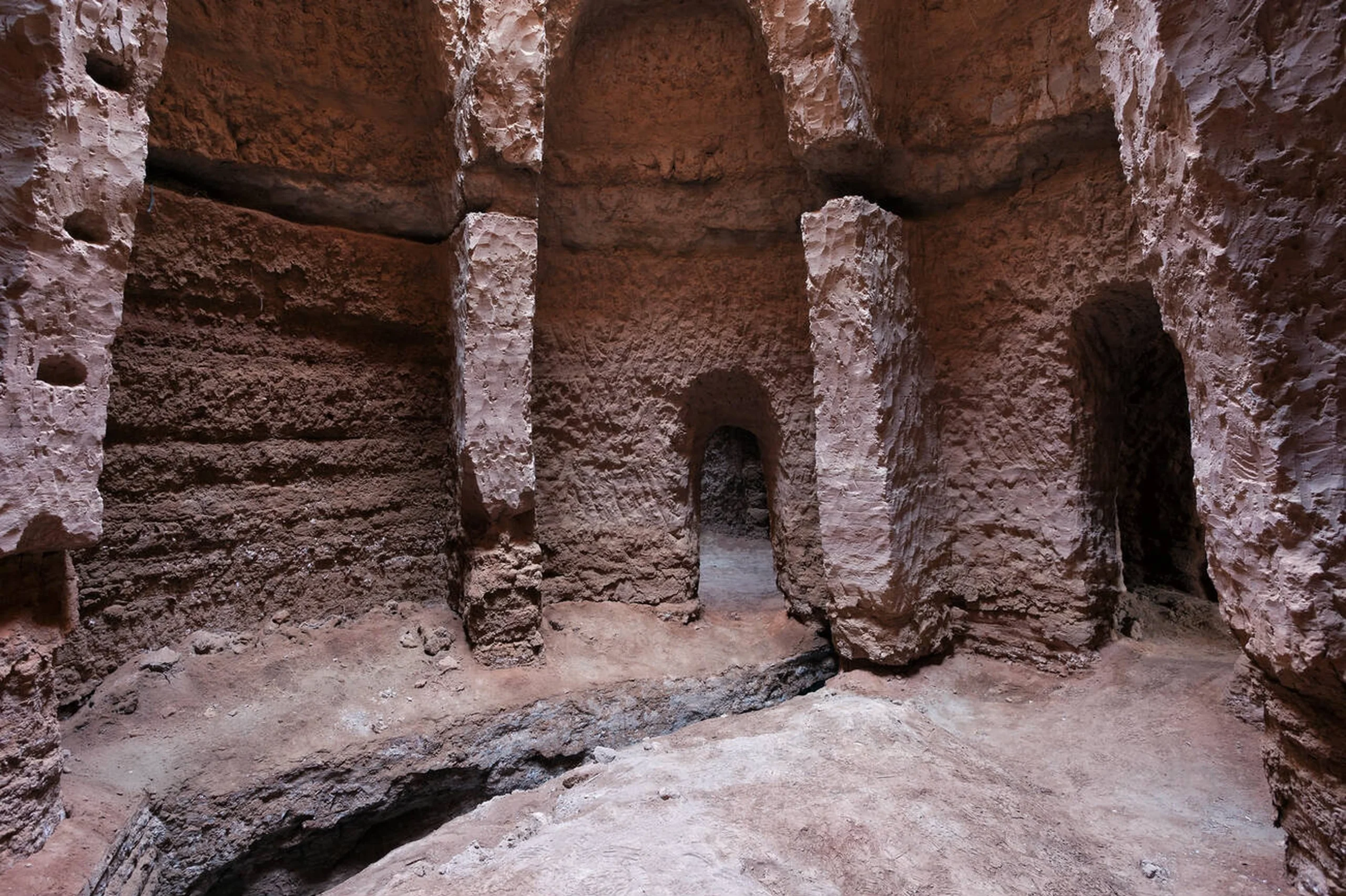
Cultural Expansion and Resilience
Persia’s influence wasn’t confined to its plateau. The Achaemenids spread qanat irrigation to Syria and Egypt, but cultural assimilation was minimal. Unlike Rome or China, Persia didn’t export its identity aggressively, rooting its civilization in the plateau’s unique geography.
Later invasions—Greek, Arab, and Turkish—tested this identity. While Arabs introduced Islam and Turks “Turkified” regions like Azerbaijan, Persia’s urban centers and irrigated oases absorbed these influences, preserving core traditions.
Persia’s Regions: A Traveler’s Guide
For OrientTrips travelers, Persia’s lands offer diverse experiences, from sacred shrines to ancient ruins. Here’s a look at key regions within modern Iran, each tied to the plateau’s geography and Persian heritage.
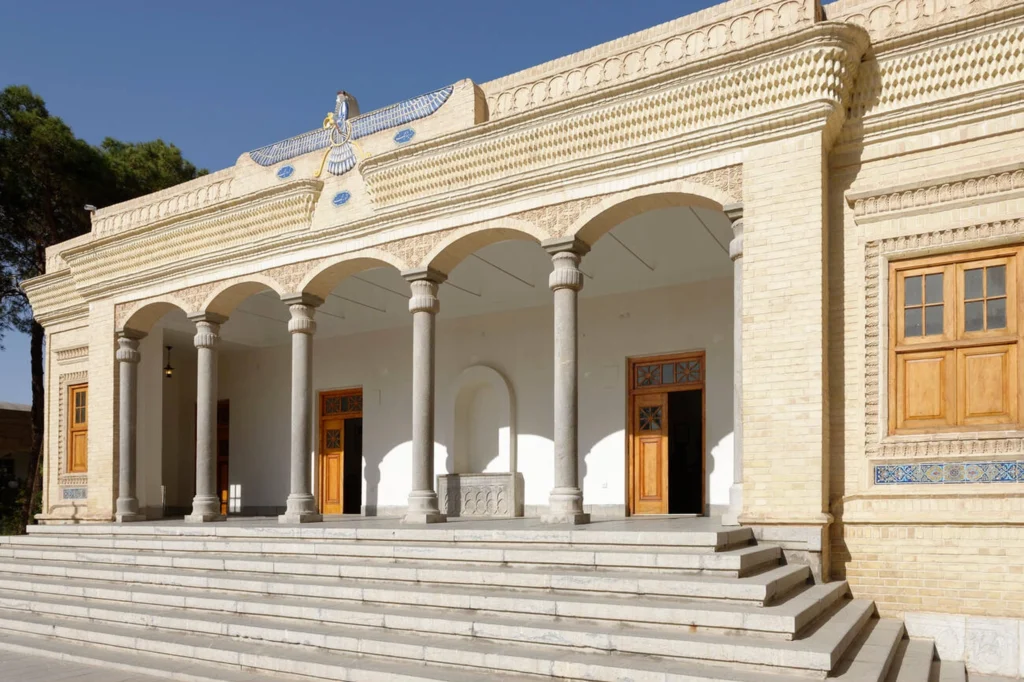
Central Persia: The Cultural Core
Cities like Isfahan, Shiraz, and Yazd form Persia’s heart, blending Achaemenid and Islamic legacies. Isfahan’s Naqsh-e Jahan Square, a UNESCO site, showcases Safavid architecture. Shiraz, home to poets Hafez and Saadi, offers gardens and Persepolis. Yazd’s mud-brick old town and Zoroastrian fire temples reflect ancient roots.
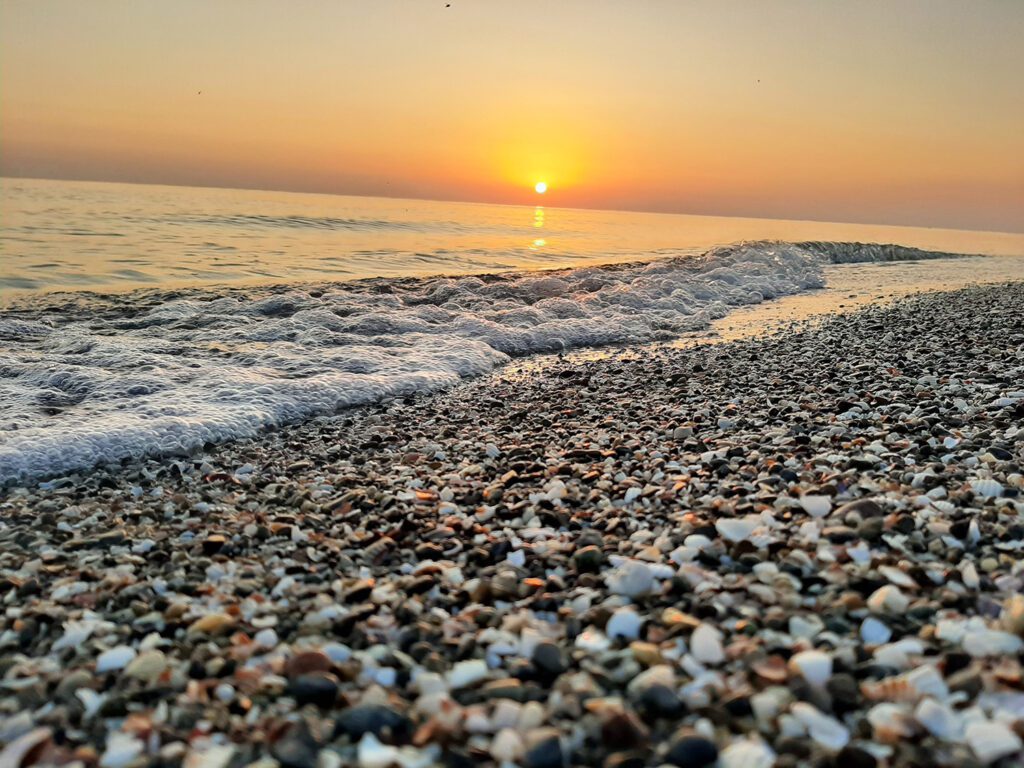
Northern Persia: Mountains and Seas
The Alborz Mountains and Caspian Coast offer lush greenery, contrasting the plateau’s aridity. Tehran, nestled at the Alborz foothills, blends modernity with history. The Caspian region, impenetrable to nomadic camels, preserved Persian dialects.
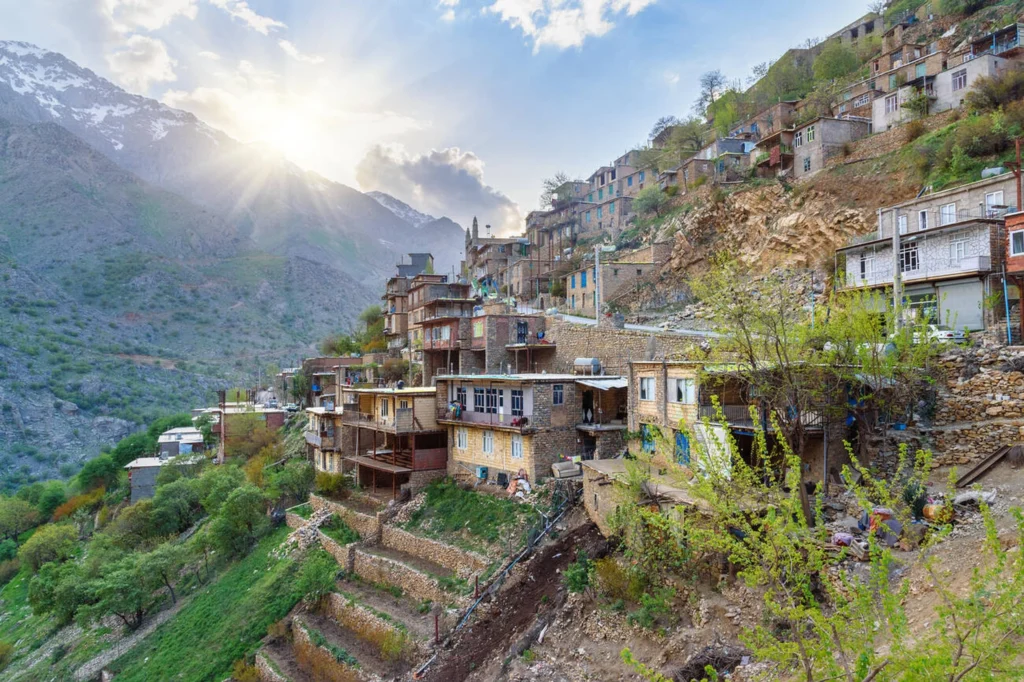
Western Persia: Zagros Stronghold
The Zagros Mountains, home to the Medes and early Persians, cradle sites like Bisotun and Chogha Zanbil. Kermanshah’s rock reliefs tell tales of conquest.
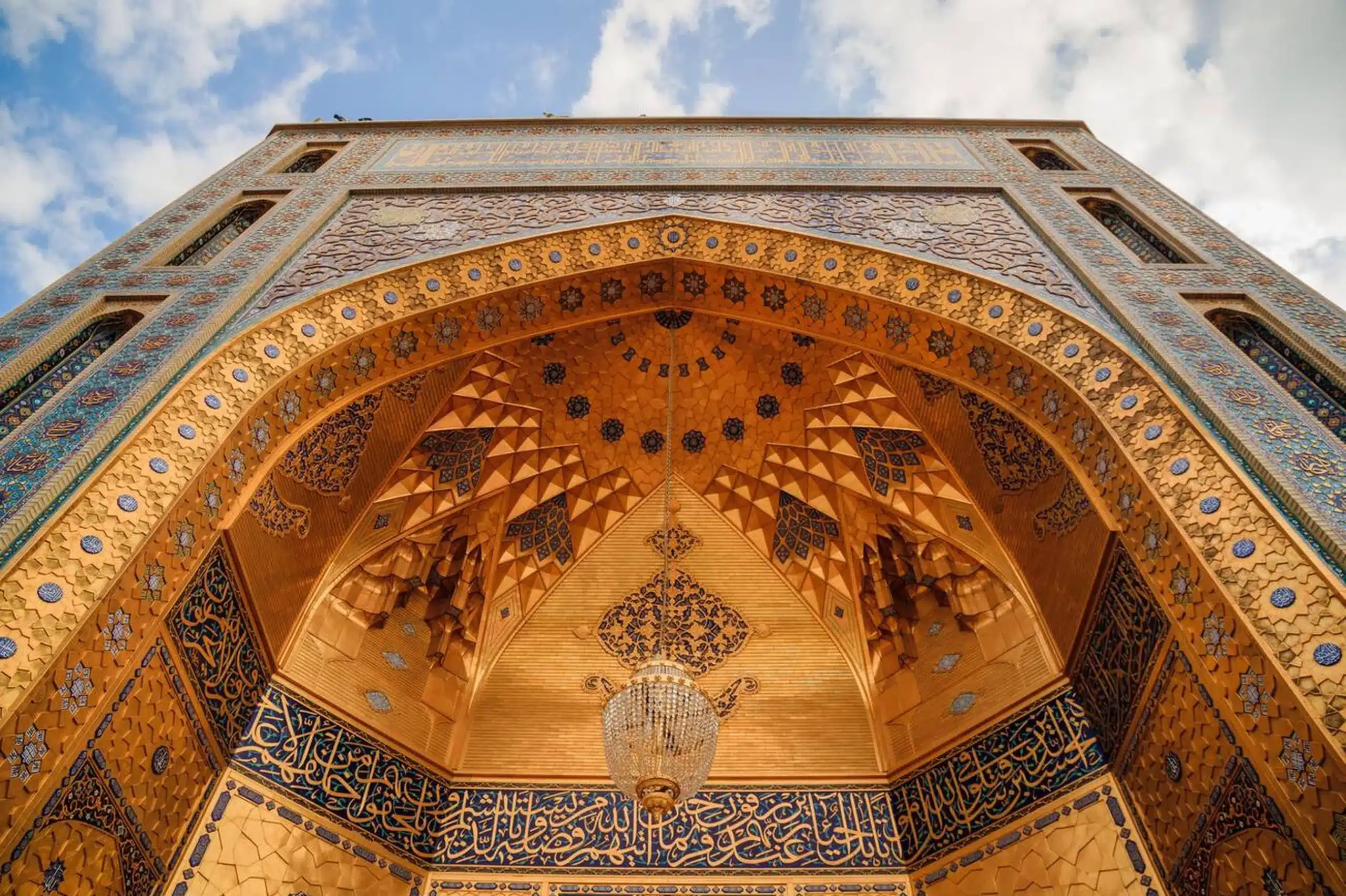
Eastern Persia: Khorasan’s Legacy
Mashhad, in Khorasan, is Persia’s spiritual hub, centered on the Imam Reza Shrine. Its turquoise markets and Sasanian echoes draw pilgrims. Nishapur’s mines yield iconic turquoise.
Persia’s Enduring Identity
Persia’s strength lies in its land—the Iranian Plateau shaped a civilization that absorbed Greek, Arab, and Turkish influences while retaining its core. Urban oases, fed by qanats, fostered cities like Isfahan, where Persian gardens and mosques thrived.
Zoroastrianism’s dualism—good versus evil—mirrored the contrast between fertile valleys and barren steppes, embedding resilience in Persian culture. For travelers, this legacy lives in Iran’s hospitality and craftsmanship.
A Non-Colonizing Power
Unlike empires that spread language or culture aggressively, Persia’s influence was subtle, rooted in its geography. The Achaemenids built roads and garrisons but didn’t impose Persian ways. This inward focus preserved Persia’s identity through invasions, making Iran a cultural beacon today.
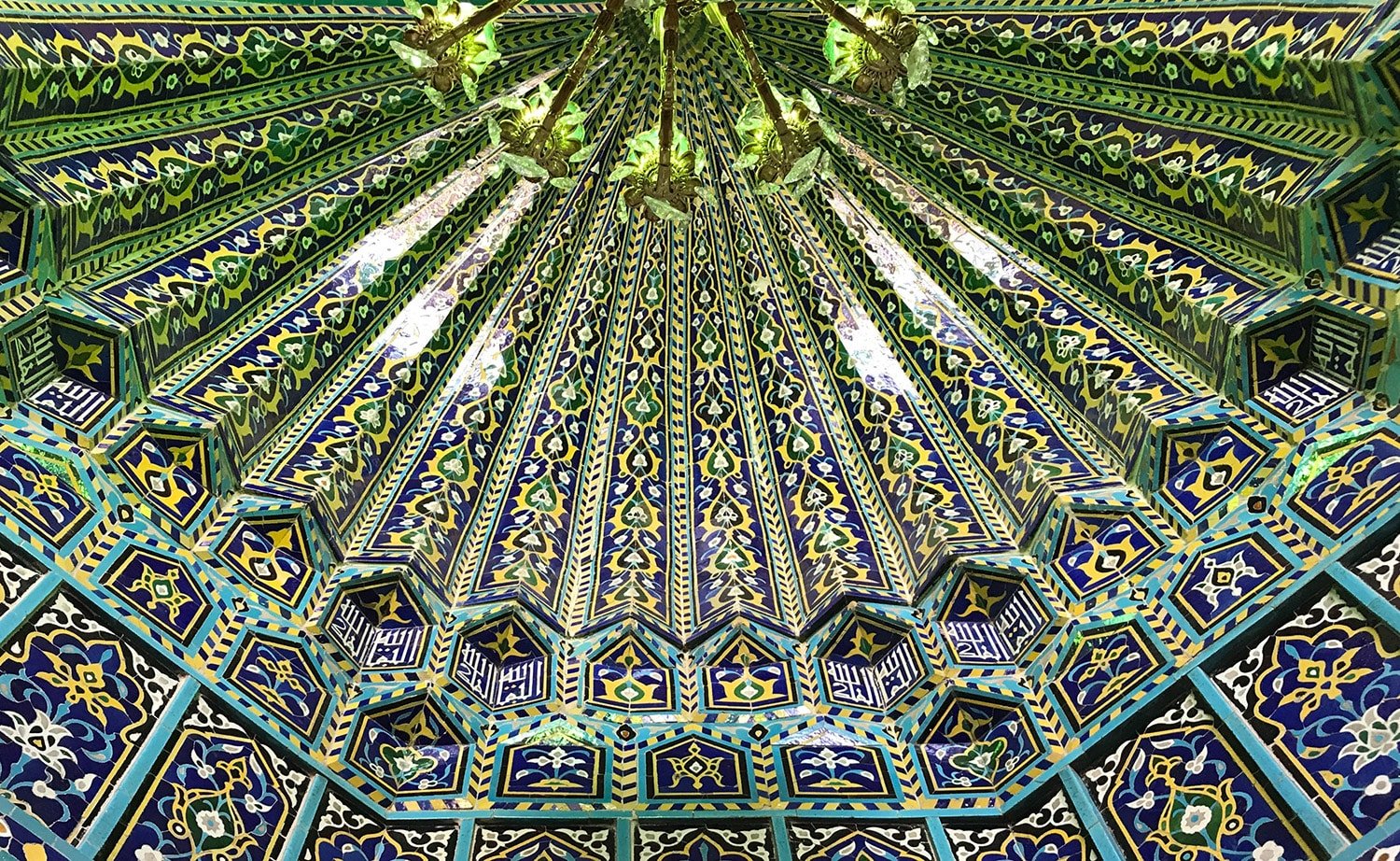
Planning Your Persian Adventure with OrientTrips
For OrientTrips travelers, Persia’s lands offer endless discoveries. Stay near Mashhad’s shrine with hotels booked via OrientTrips’ platform. Explore turquoise markets, navigate Iran’s transport, and wander from Isfahan’s bridges to Yazd’s qanats. Persia’s geography invites exploration—start planning with OrientTrips.
Final Thoughts
Persia, centered on the Iranian Plateau, is where rugged landscapes birthed a civilization of poets, kings, and artisans. Modern Iran carries this legacy, inviting travelers to walk the paths of Achaemenid rulers and Sasanian sages. Whether you’re drawn to Mashhad’s spiritual heart or Shiraz’s poetic gardens, OrientTrips makes your journey seamless. Share your Persian travel dreams in the comments—what corner of this ancient land calls to you?
